- You are here:
- Home »
- Training »
- Top 10 Best Professional Boxing Techniques For You
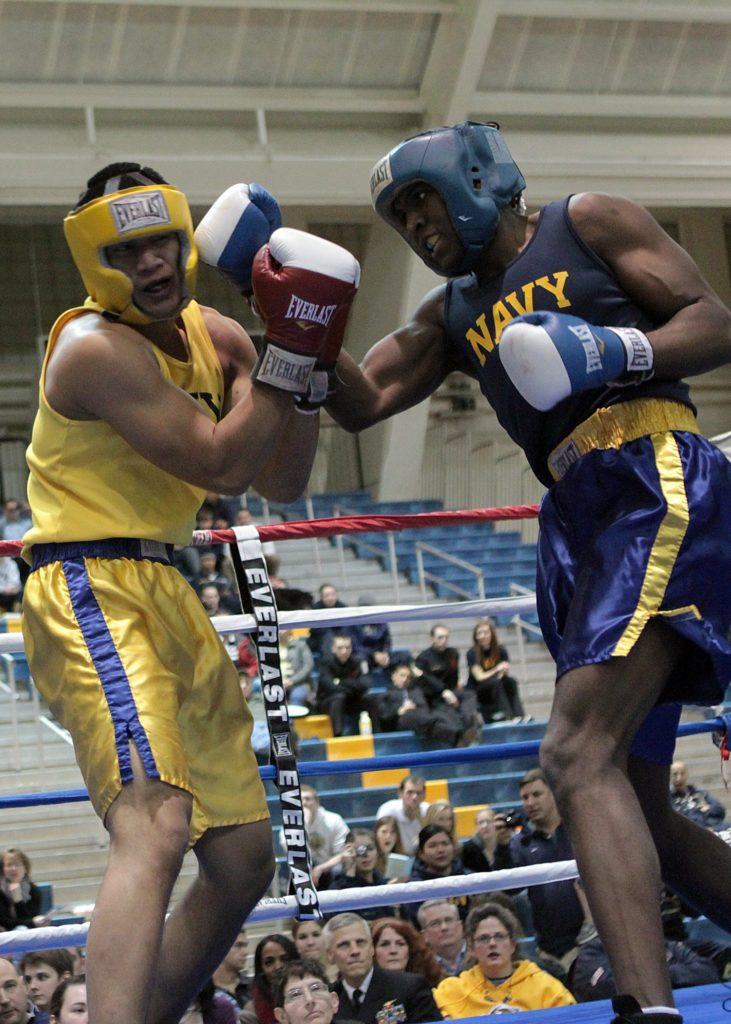
Top 10 Best Professional Boxing Techniques For You
When it comes to boxing techniques, there are many that can be considered the best. None of it matters much though if you don’t understand how to best use them.
So, we’ve listed 10 of some of the best boxing techniques that the pros use, breaking them down to help you better understand them and put them to good use.
1. Stance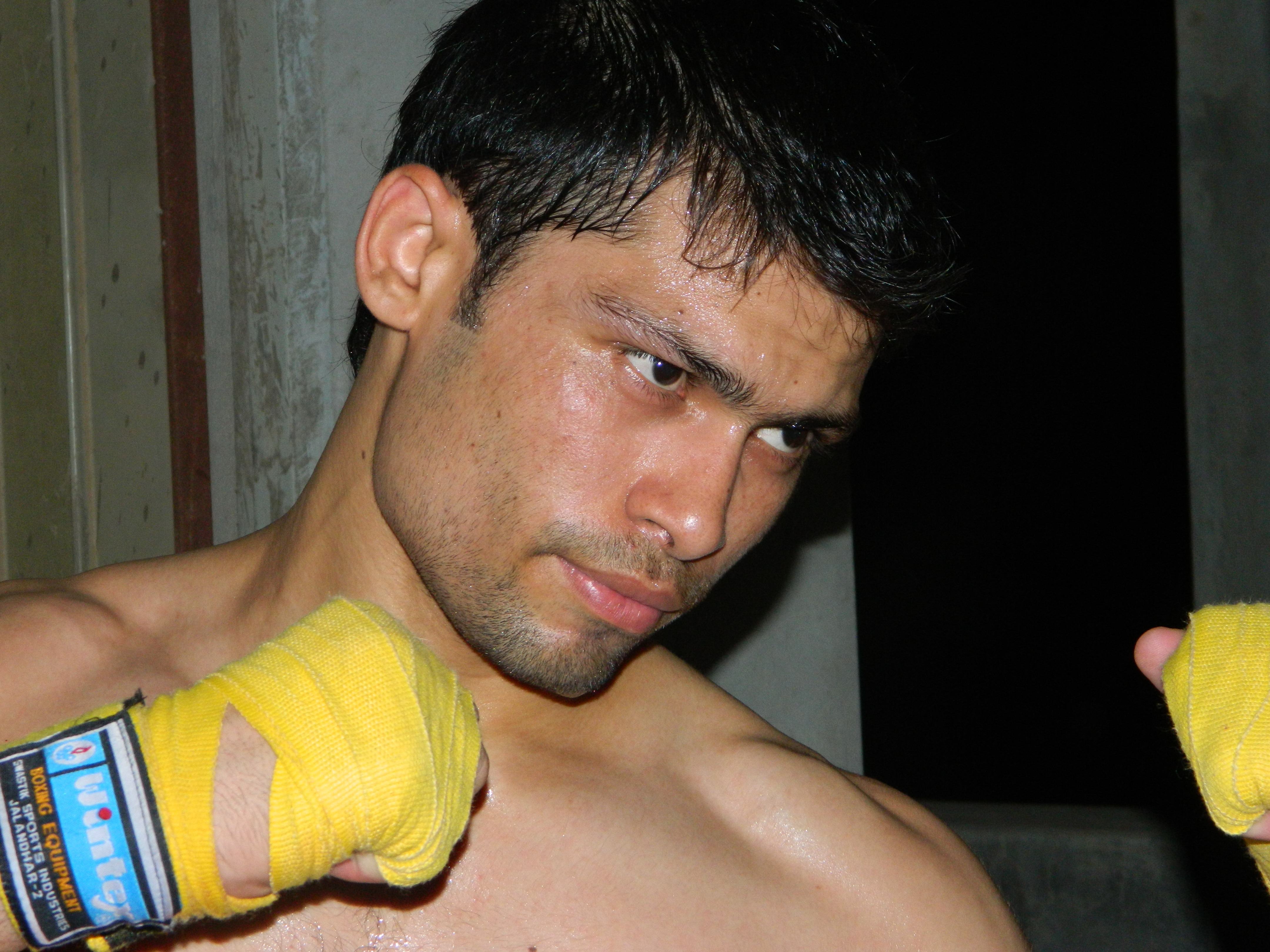
The boxing stance has been adapted over time. It largely depends on offense/defense, and a boxer’s personal fighting style (e.g. orthodox, southpaw).
Different boxers and coaches may explain different techniques. For the sake of this article, we’re going to discuss the traditional stance.
Feet
Keep your feet just a little more than a shoulder width apart. Any more or less, and you can be easily knocked off-balance.
Position your feet at an angle with your rear foot being at about 45 degrees.
The heel of your rear foot should be lifted to grant you quicker movement, but keep your lead foot planted flat on the floor.
Legs
Have your knees bent slightly and relaxed. This will help you maintain balance and better transfer energy.
Hips
Make sure your hips are parallel to the ground so that you feel more balanced.
Arms
Your hands should be about cheek-level with your rear hand guarding the outside of your chin. Keep your lead hand a few inches away to keep your vision clear and ready to block. Your elbows should be tucked as well.
Remember to tuck your chin down toward your chest, and be sure to stand a bit sideways.
Be aware of your weight as well. It should be evenly distributed, and you should adjust accordingly during the fight. For instance, if you’re going in to attack, focus on moving your weight slightly to your front legs to generate more power.
One of the best benefits, we feel, of this traditional stance is that it can give you great balance as long as you use it right. Having greater stability gives your opponent a tougher time knocking you down.
2. Get on the Attack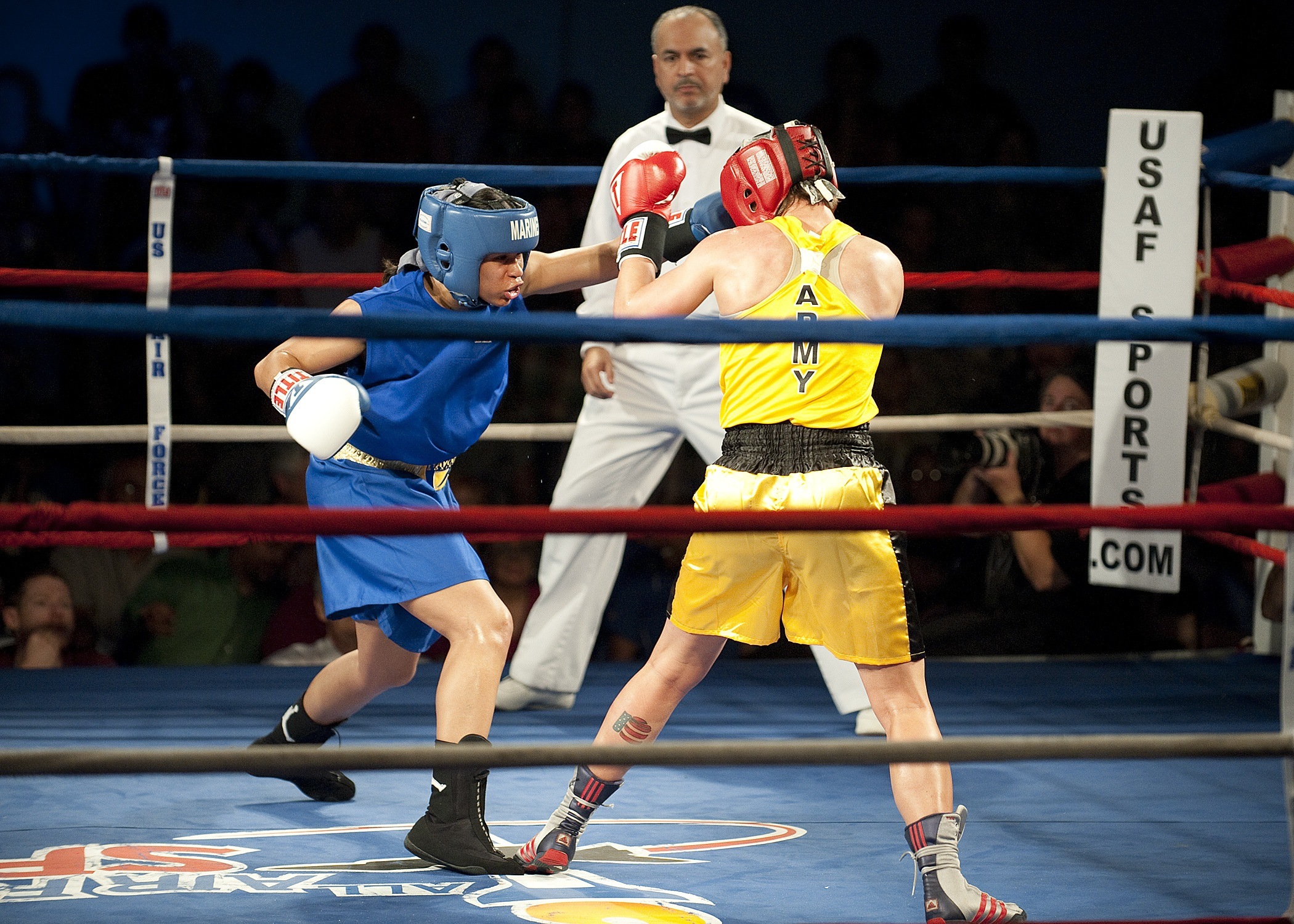
Everyone knows that your attack can make or break you. Before you get into developing the proper amount of strength, accuracy, and combinations, you should understand the basics.
Generally, there are four basic punches used in boxing:
Jab
This punch is thrown quickly and with little power. It can set up larger attacks, and it can check an opponent’s distance and defenses. You’d use your lead hand to throw this type of punch.
Cross
Often referred to as a straight punch, this strike is thrown with your rear hand. It’s a powerful punch, so remember to use your shoulder and rotate your torso and hips when you use it.
Hook
This is generally thrown with the lead hand although you can throw it with your rear hand.
It’s a semi-circular punch that can generate incredible power to knockout your opponent.
You’d mainly aim this punch at the head, but it can be used for body shots, in particular, the liver.
Uppercut
This vertical punch starts low. You’ll rise from the bottom, typically when your opponent’s head is down, and strike upwards hard and fast.
This is perhaps one of the riskiest of the basic punches because, if you miss, you’ll be left off-balance and open to an easy counterattack.
Overhand Punch
Other than the basic punches, some boxers can make use of other types of hits such as the overhand punch.
It’s a semi-circular, vertical punch thrown with your back hand. You would throw this over your head in a looping-like fashion.
If it lands, it can be a forceful impact. It is incredibly risky though as it leaves you wide open.
Once you understand the basics, you can work on combinations and put them all to good use to score some points and knock your opponent to the mat.
3. Defend Yourself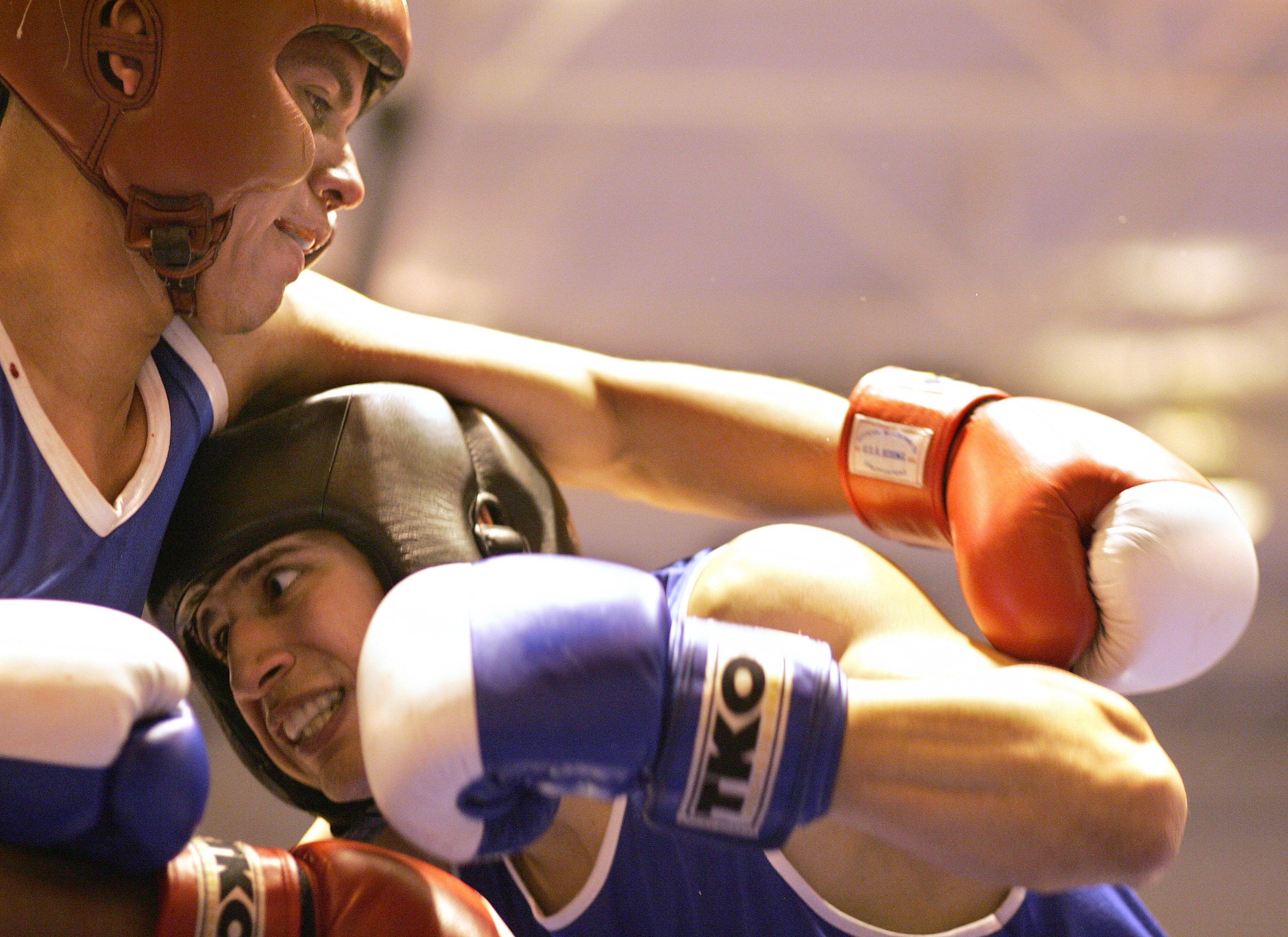
As your important as your attack is in boxing, it means nothing if you have poor defense. Defense is key to winning a match, and there are several boxing techniques the pros use that you should learn even if you are just starting out.
We spoke in the first section about stance. A vital aspect of defense is remaining in your guard in the first place, so take care to remember that.
Now, as for the specific techniques used, there are four basic ones:
Slipping
One of the most common defensive maneuvers, you have to make good use out of your hips, shoulders, and head to slip away from the incoming punch.
Blocking/Parrying
This defense is a given. With blocking, you deflect punches with your arms or shoulders. Parrying, on the other hand, is when you make use of your hands to effectively ‘slap’ away the punch.
Bobbing and Weaving
Another basic defense strategy, this is accomplished by quickly moving your head side to side to avoid your opponent’s strikes.
Clinch
This move requires you to get in close. From there, you’ll hold onto your opponent, buying yourself some time while keeping them from striking.
It’s not a long defense, however, as the referee will always break it up.
It is best to practice these beforehand so that you’re not caught off-guard. Be sure you have a good sparring partner while training to help you get a good feel of these basic defensive techniques.
4. Remember Your Footwork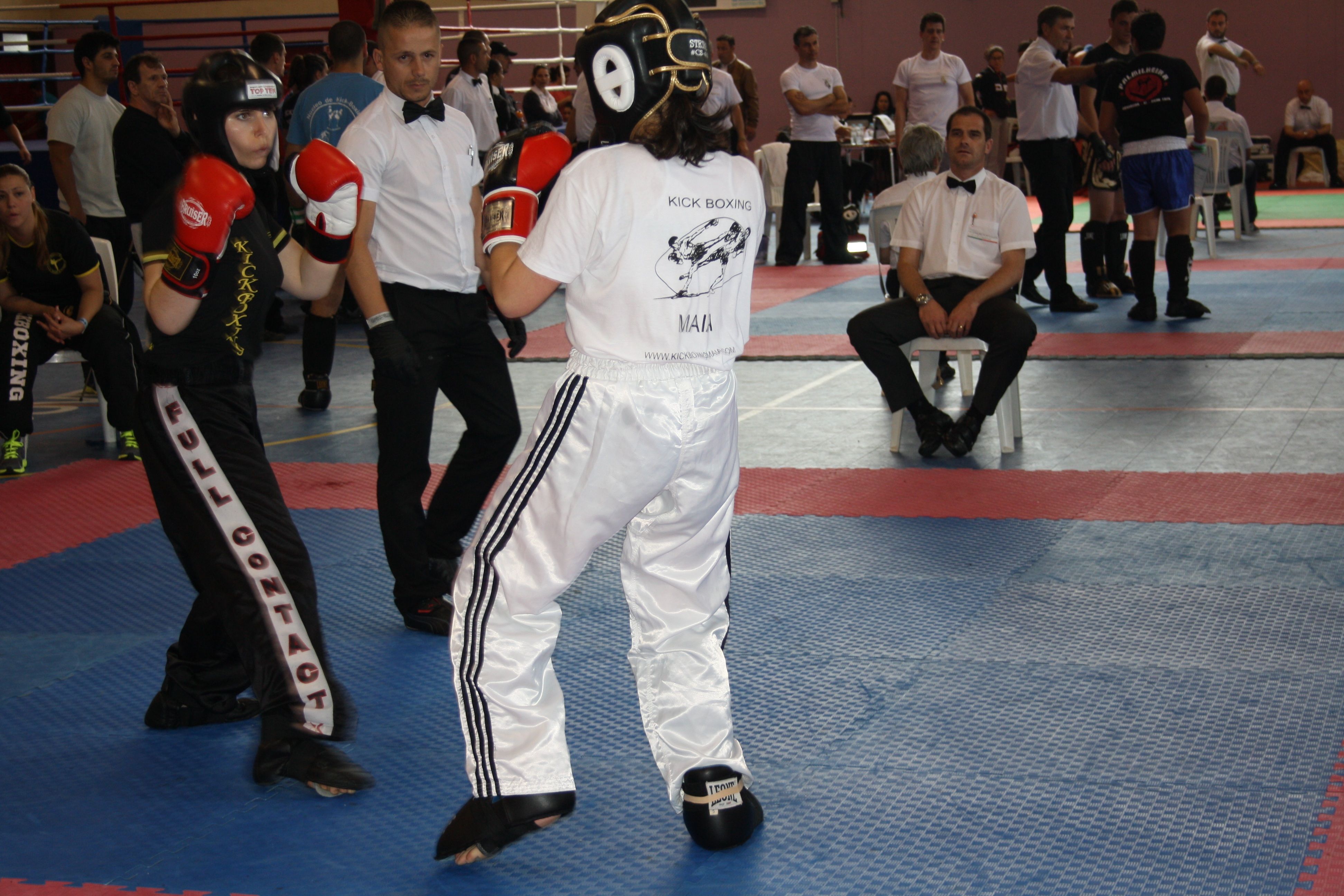
One of the most important boxing techniques the pros use is developing great footwork.
Footwork determines your agility, balance, and how well you move for defense and offense. It also contributes to the power in your punches.
Footwork starts with having the right stance. To reiterate what we previously discussed, keep your feet just over a shoulder width apart for better balance, and keep your rear foot just slightly off the ground while your move while your lead foot stays flat.
Evenly distribute your weight so that you can quickly rush in for a powerful attack and swiftly back out if you have to play defense.
You should never cross your feet when you move around the ring. Think about shuffling rather than walking or running. It will benefit you to have the right pair of boxing shoes so you can move and pivot better.
If you want to improve your footwork, there are a few exercises to consider:
Jump Rope
Probably every boxer, coach, or trainer out there will tell you to jump rope. It’s not only a great endurance exercise, it improves your balance, speed, and foot coordination.
It also builds your leg muscles, and improving the strength in your legs helps improves the power behind your punches.
Ladder Drills
Ladder drills are used by athletes across several sports to help quicken footwork. You’ve probably seen football players use this in practice.
When doing this exercise, work in different patterns like touching both feet in each space twice. Stay on the balls of your feet, moving quickly.
Shadowboxing
If you want to develop good footwork, you have to practice it. An excellent method of practicing is through shadowboxing.
You aren’t affected by any opponent. Rather, you can focus 100% on your technique.
Try to practice in rounds as though you’re in a real match, and perform various punch combinations and dodges, moving enough to effectively work on your footwork.
Watch & Learn
Probably the least physically exerting, but still important exercise is just observing.
If you want to have footwork like professional boxers, then you should watch professional boxers. Everyone will put their own personal touch to it, but it never hurts to see what works and what doesn’t.
5. Breathing Control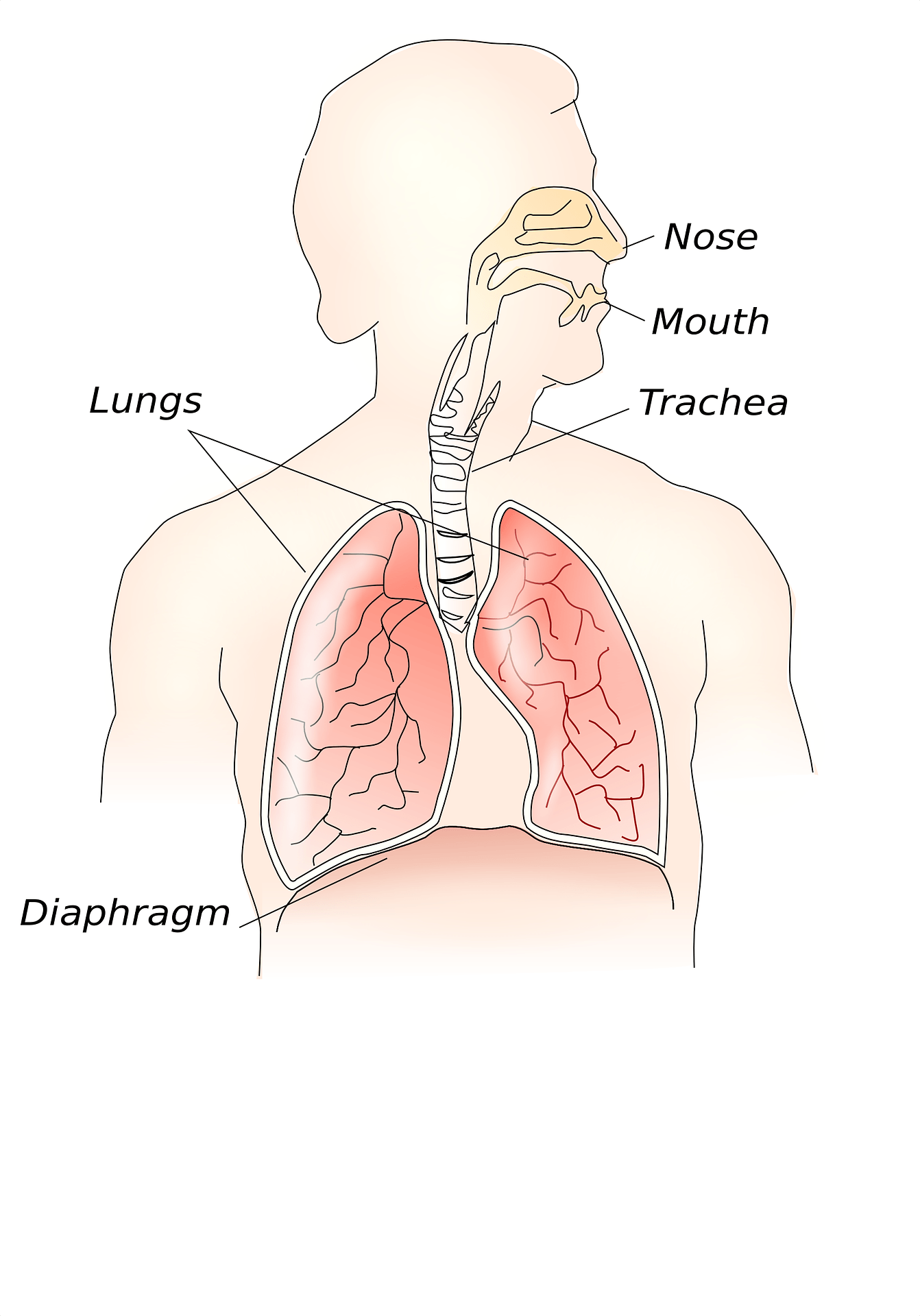
A vital skill you gain out of your boxing training is good stamina so that you don’t get winded in the ring.
Running out of breath means running out of energy, which means you lack the strength to pack any real power to your hits. It can also make you sluggish and lower your defenses.
It’s best that you work on breathing control throughout your training.
First, you have to try to relax. This may be difficult at first, but try not to breathe too heavily during your training exercises.
Relaxing your breathing can help you preserve energy.
A technique you can use to do this is by inhaling through your nose while breathing out through your mouth.
Each time you punch, try to remember to exhale quickly.
One way to build good breathing control is through cardio exercises. We talked about how to jump rope works with developing good footwork technique.
It can work well on helping you with your endurance and how well you breathe in high-intensity situations.
You can practice your breathing while shadow boxing, sparring, or doing bag and mitt work to get a better idea of how you’d feel in an actual match.
6. All About Style
There are four traditional styles: pure boxer, slugger, boxer-puncher, and swarmer.
You don’t exactly choose a style as it comes naturally to you. Even then, you may adopt one style, switch to another, or combine some.
Your strengths, defenses, and even your footwork contribute to the way you fight.
What you need to be aware of at all times, however, is the style of your opponent so that you know what you’re up against.
The Pure Boxer
The Pure Boxer embodies both defense and offense, typically staying on the outside and picking the best moment to go in to attack their opponent.
They are good at controlling the fight, using techniques such as footwork and reflexes to gain and keep the advantage.
Notable pure boxers include Muhammad Ali, Floyd Mayweather Jr., Billy Conn, and Pernell Whitaker.
The Slugger
The Slugger is about as brutal as the name suggests. They don’t usually have finesse, but instead, they incorporate pure power into their hits.
Sluggers are usually able to take as well as they give, so they aren’t afraid to get in close and get hit on the chin if it means they can eventually land that KO punch.
Some famous sluggers are George Foreman, Terry McGovern, Sonny Liston, and Joe Frazier.
The Boxer-Puncher
The Boxer-Puncher is a sort of mix of a pure boxer and a slugger.
Those with this style have great power behind their punches like the slugger. However, they possess the technical skill and grace found in the pure boxer.
They can back speed and accuracy with strength.
Famed boxer-punchers include Sugar Ray Leonard, Joe Louis, and Manny Pacquiao.
The Swarmer
The Swarmer can also be known as an in-fighter.
They overwhelm an opponent, rushing in with a swarm of punches to prevent their opponent from creating a good defense.
Swarmers need incredible stamina as they keep up the aggression the entire round.
Famous boxing swarmers are Battling Nelson, Tommy Burns, Mike Tyson, and Jake LaMotta.
7. Create Angles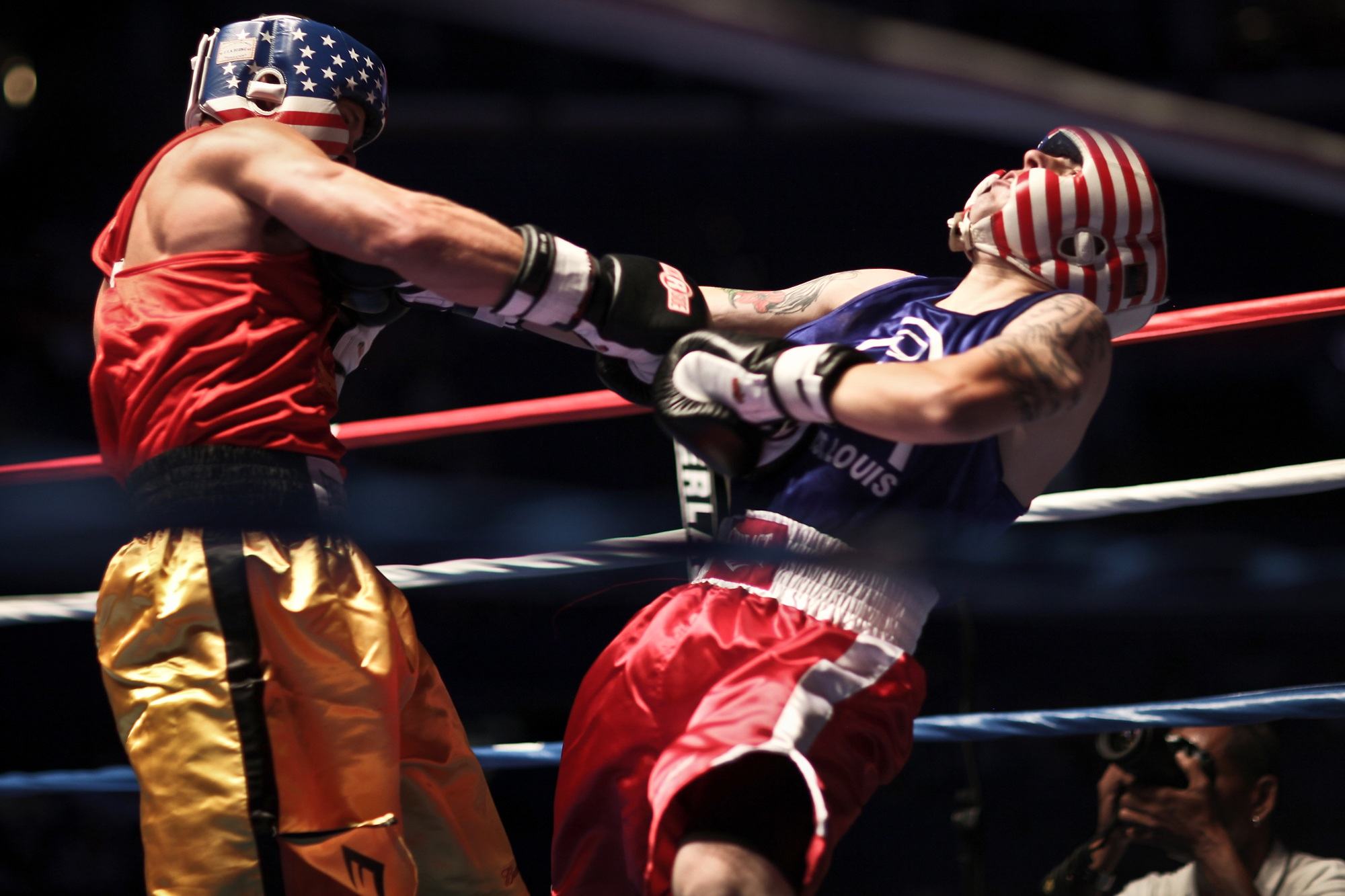
The best boxers know that you have to create angles if you really want to control a fight.
You never want to go at your opponent in a single direction. Your moves can become predictable, and you can get blocked or countered easily.
What you want to do is move around so that you can better control and overwhelm your opponent.
Creating angles starts with having good footwork. You need to combine footwork with defense.
For instance, if your opponent comes at you with a cross, you can slip the punch.
Great footwork comes into play when you quickly step to the left, and you can deliver a powerful liver shot. You have to incorporate speed and accuracy when you want to utilize angles.
Make sure your hits pack the power needed to incapacitate your opponent.
Perhaps the best ways to practice angles is through focused mitt training and sparring.
If you want, take a look at how some boxers work on creating angles to get a better understanding of it.
8. Focus Training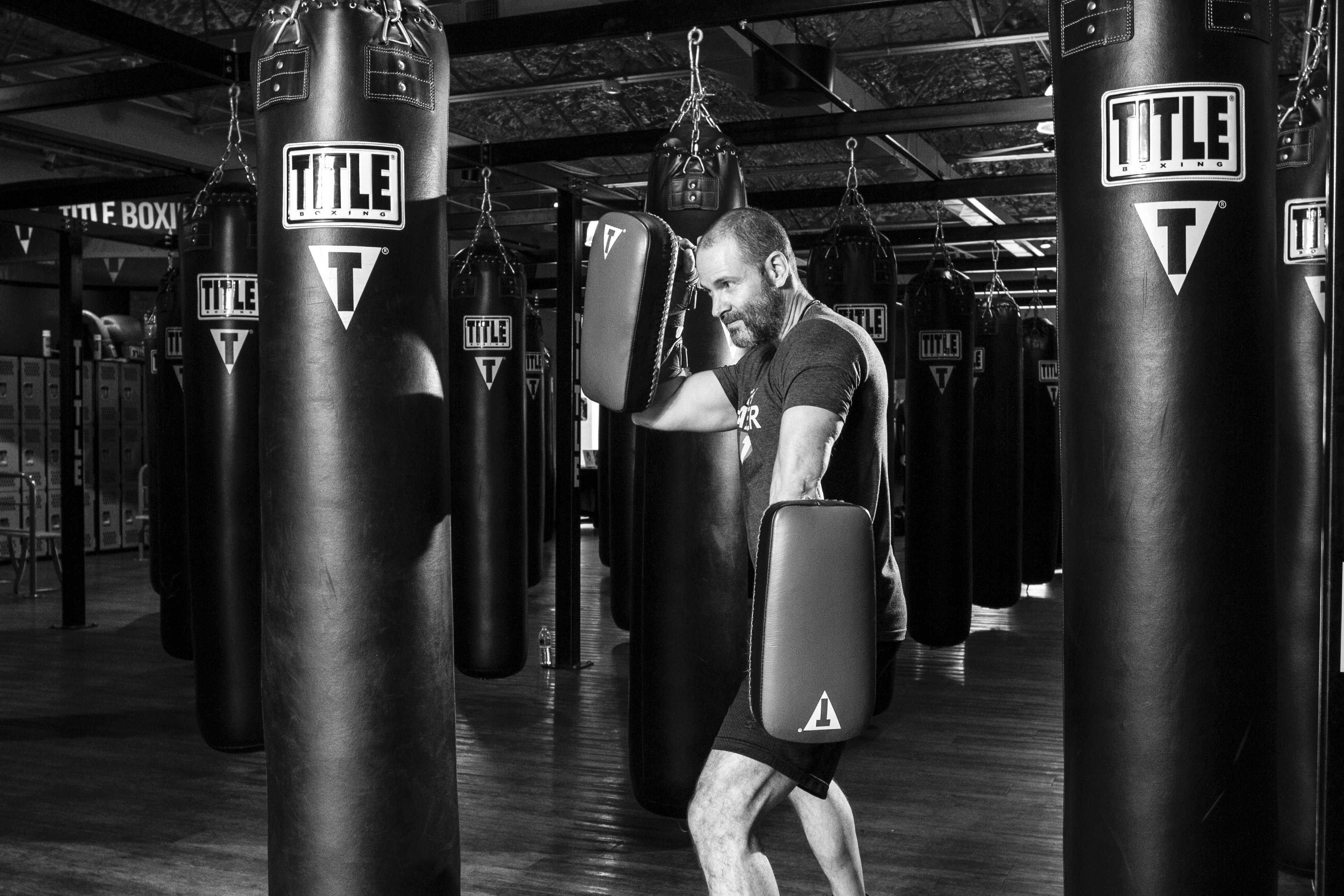
With all the boxing techniques we’re addressing, training seems obvious. However, it’s the specific training that the pros do that some may overlook:
Power
A boxer has to have strength behind their punches. It’s an obvious tip, but some beginners may not focus their training on actually developing their punching power.
One way to do this is through working the heavy bag. This helps develop the muscles in your arm while also building your endurance, two things that contribute to punching power.
Also, exercise your entire body such as your core and your legs.
When you throw a punch, you should utilize your body weight if you want it to pack a lot of power.
The more strength you have throughout your body, the more powerful your punches. So, you should have an all-around exercise regime in place.
Speed
Good boxers have remarkable speed both in defense and offense.
You should be able to move in quickly for a powerful, swift hit, and also be able to slip away so your opponent can’t land a shot.
Make sure to work the speed bag to develop this fast reaction time as well as better hand-eye coordination.
Mitt training and sparring are also good at working on your speed and reflexes.
A double-end bag is another useful tool to use.
Be sure to mix up your training so that you develop numerous areas of your body.
Remember to work in intervals similar to a real match to better your stamina. For example, try to work for a minute and rest for 30 seconds. You can build up your time as you better your endurance.
9. Fool Them With Feints
Just as important as it is to land that knockout hit, sometimes it can work in your favor not to hit your opponent.
For boxing techniques, this one may seem like poor advice at first, but it can work wonders if you know how to use it.
If you have an opponent that has a solid defense, you need to find a way to break it. Feints can come in handy. They reveal common reactions, and you can take advantage of that.
Jab
One way you can accomplish this is with the traditional jab.
The jab comes in handy for setting up a strong hit or checking defenses. It can also work if your opponent thinks you’re going to do it.
Before you feint with the jab, perform a few jabs throughout the fight to see how your opponent reacts to it. Once you’ve caught on to the way they move, then you can work on the feint.
Either throw a jab so that it just misses your opponent’s head, or stop the jab mid-way. You can follow this with a strong cross to the body or the head that your opponent won’t suspect.
Entire Body
You can also feint with the rest of your body rather than with just your punch.
To use the jab as an example again, you can step forward when you feint the jab, and then return your foot to the original position.
If you have great footwork, you can continue to incorporate that into your feints. You can feint as though you’re coming forward, only to have your opponent back up. Let them back up until they back themselves into a corner.
10. Body Shots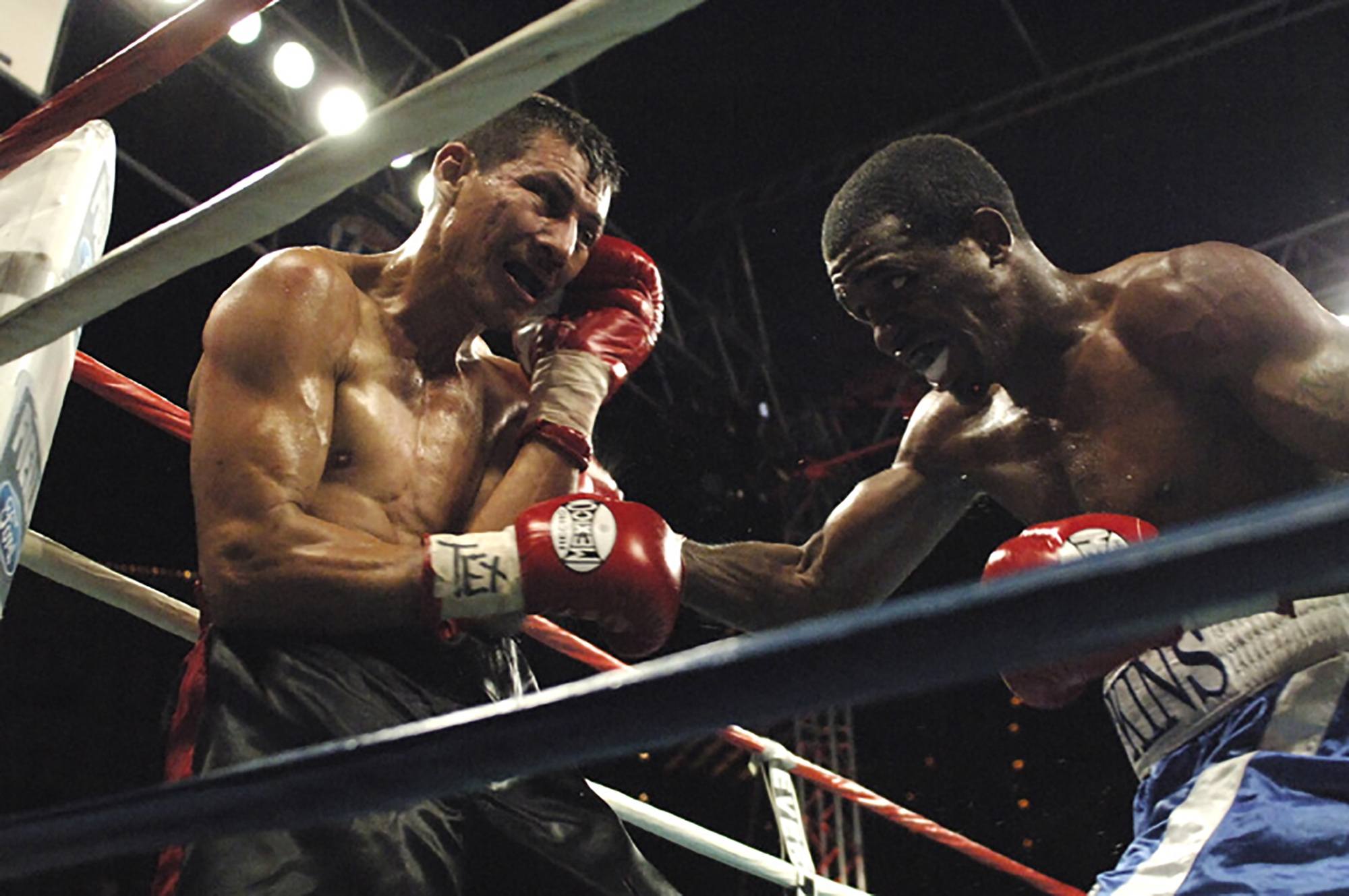
When people box, typically the first spot they want to go for is the head. The head knockout shots are always talked about and always get the crowd on their feet.
What some beginners may underestimate, however, is the power behind body shots.
A well-timed, well-placed body shot can send your opponent down and result in an incredible TKO.
You need to have good accuracy, timing, and a good use of combinations.
Even if you don’t get that good liver shot, you can do enough damage that your opponent will frequently use their arms to guard their body. That, in turn, leaves their head wide open for you to land an easy knockout hit.
Related Posts
Is Aikido effective?
Perfect Muay Thai Clinch – Best Hacks You Should Know
What does OSS (especially in BJJ) mean?
Martial Arts for Fitness: 5 Reasons Why It Works
How Much is Boxing Classes – Quick Review
Top 7 Best Martial Arts For Kids
Top 5 Best Adult Martial Arts
Boxing vs Muay Thai – Which Style is Better?

